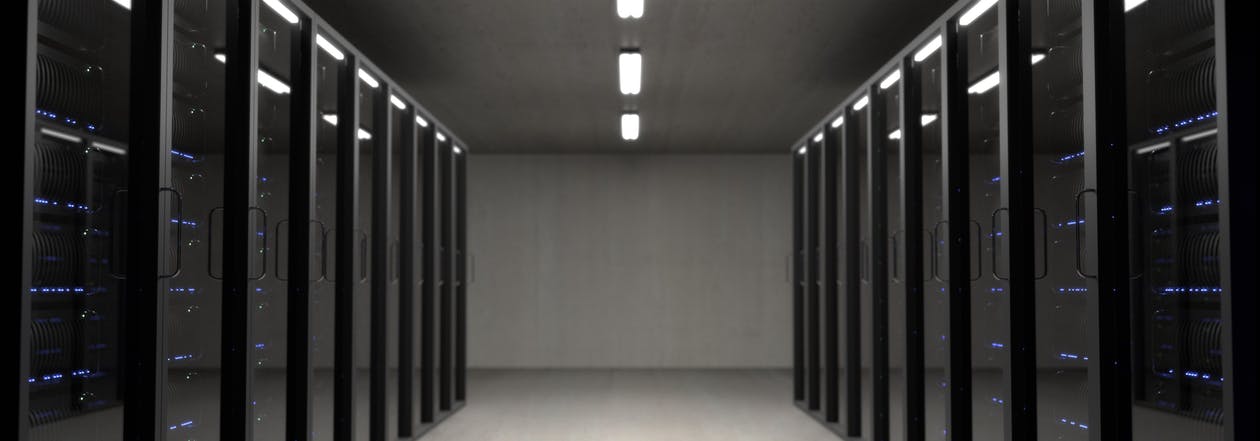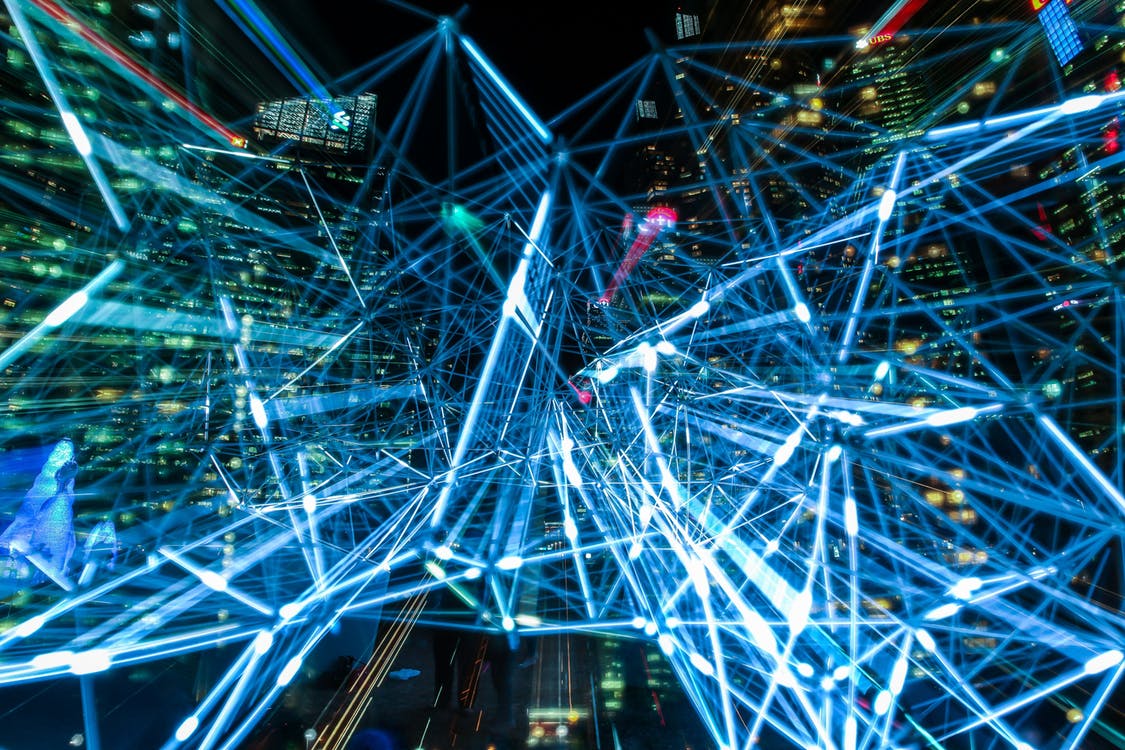We live in an age where humans and machines work together to perform feats not possible 100 years ago. Humanity is constantly improving, refining, and redesigning robotic counterparts to take on more and more tasks beyond our limited ability. In the not too distant future, humans could be looking at a more intelligent robotic counterpart to handle feats that as of right now is beyond our reach. However, to reach that point, robots need to be fitted with an artificial intelligence that compares to our own using a method known as deep learning.
What is Deep Learning?
Deep learning is a complex series of formulas and algorithms that simulate a working neural network, allowing a robot to take human input, such as speech, and output an answer in a near-human manner. If you own an iPhone or Windows phone, you already hold the early results of deep learning. Siri and Cortana both exhibit Artificial Intelligence (A.I.) powered by simulated cognitive algorithms and deep machine learning. When you ask these AI to search for a particular term on the web, they will recognize that command, and return a series of suggestions to answer your question.
However, deep learning and technology can do so much more than simple Web searches. Data management and analytics can provide valuable insight and predictions for businesses regarding employees, customers, and products on a large scale. Through a process known as reinforcement learning, an AI can begin to accurately predict trends based on the information it already knows, leading to a more efficient business model.
Real World Applications of Deep Learning
While Artificial Intelligence bots capable of conversation are certainly a bold breakthrough in today’s modern world, it has little to no practical application outside of that purpose. With the emergence of the KA band satellite, we can receive higher definition video for occupations that rely on satellite imagery, such as remote based jobs like marine research. This technology, coupled with that of deep machine learning, can colorize grainy or black-and-white photos and videos, compile data and recreate scenes, and translate languages both written and oral.
Translation, in particular, creates a point of interest that is explored in programs such as Google’s Translate. Inputting a phrase and converting it to another language is a feat that is achieved by machine learning, but it is not perfect. For instance, translation services often ignore the finesse and nuance that is present in speech and writing, ignoring grammar and other context clues. Instead, the algorithm translates the input word for word, giving you a rough translation. Continued deep learning with translation programs like Google Translate can eliminate language barriers and allow a more global reach for individuals and businesses alike, increasing communication and the exchanging of ideas to improve the modern world.
The Future of Deep Learning
The application of deep learning and understanding the limits with which we can take it is still being refined. However, we are already beginning to see the effects it can have on our world, and even in space. NASA is hoping to use deep learning to prevent Near-Earth-Objects (NEO) such as asteroids from crashing into Earth and endangering life on the planet. It is a project that the esteemed space agency is still trying to understand and utilize but will have a lasting impact on the preservation of humans as a species.
With the prediction and analysis deep learning provides us, the future of technology can be vastly reshaped from today. Because there is no limit to the uses of this technology, the possible outcomes and benefits are staggering. Engineers can use predictive modeling to better build and create more structurally sound architecture; recruiters will be capable of using AI to assess the best candidates; doctors can more efficiently perform delicate surgeries and may use technology to aid in physical therapy; Mechanics can pinpoint automotive flaws quickly, which saves time, money, and labor.





